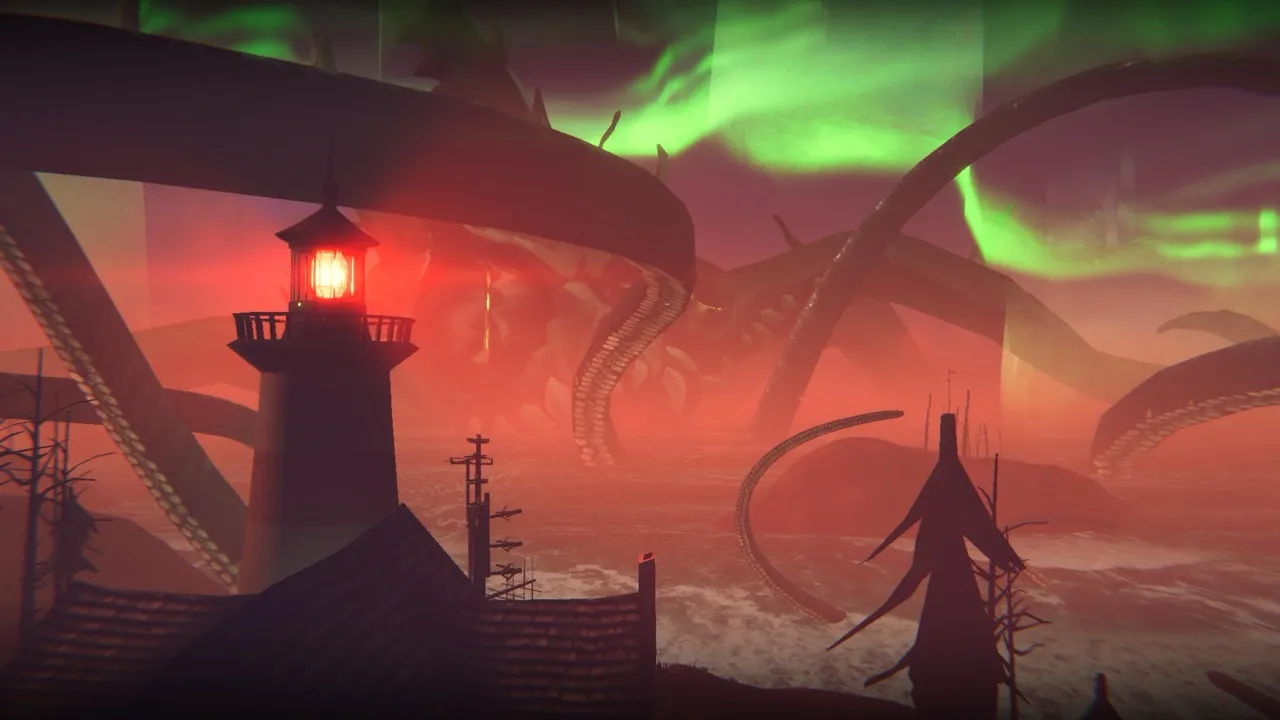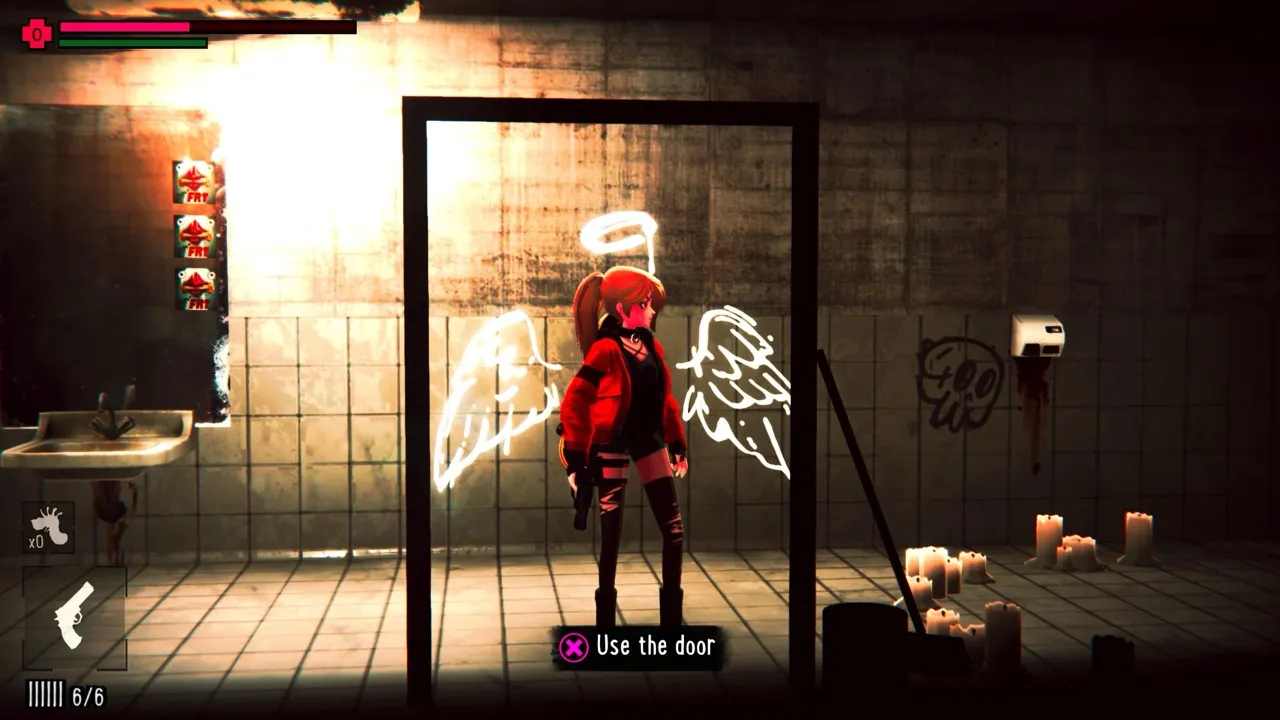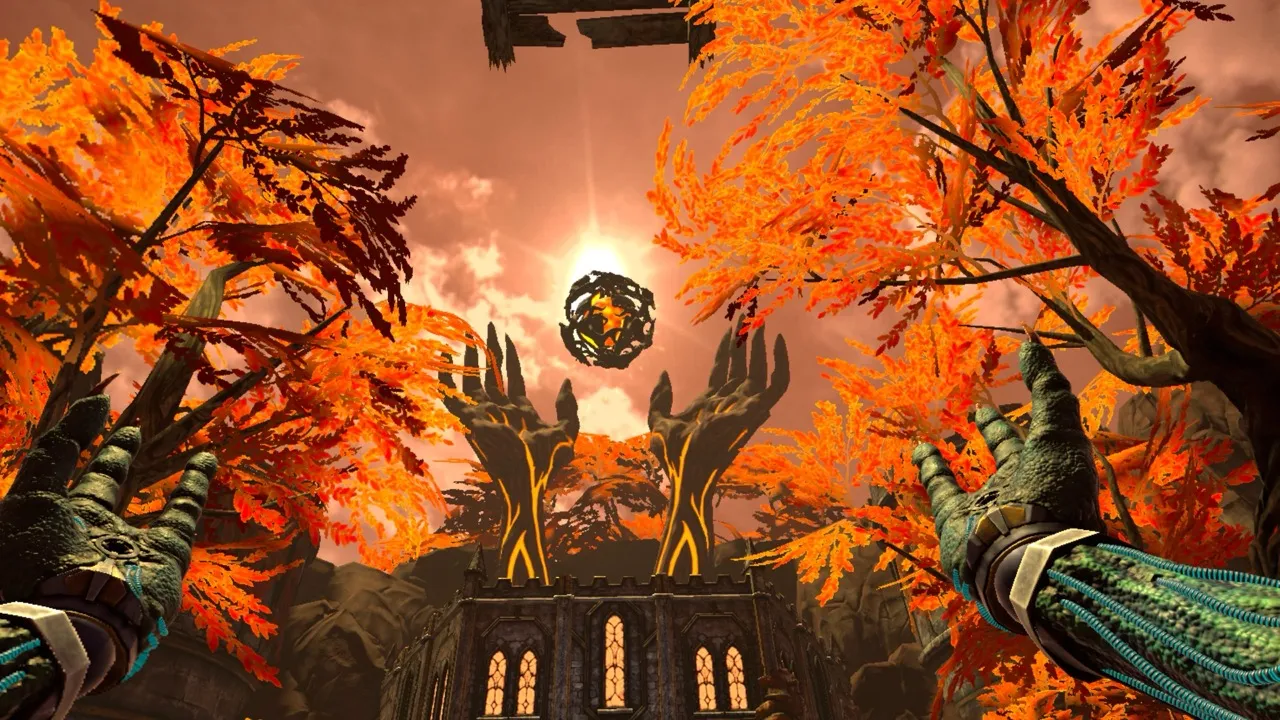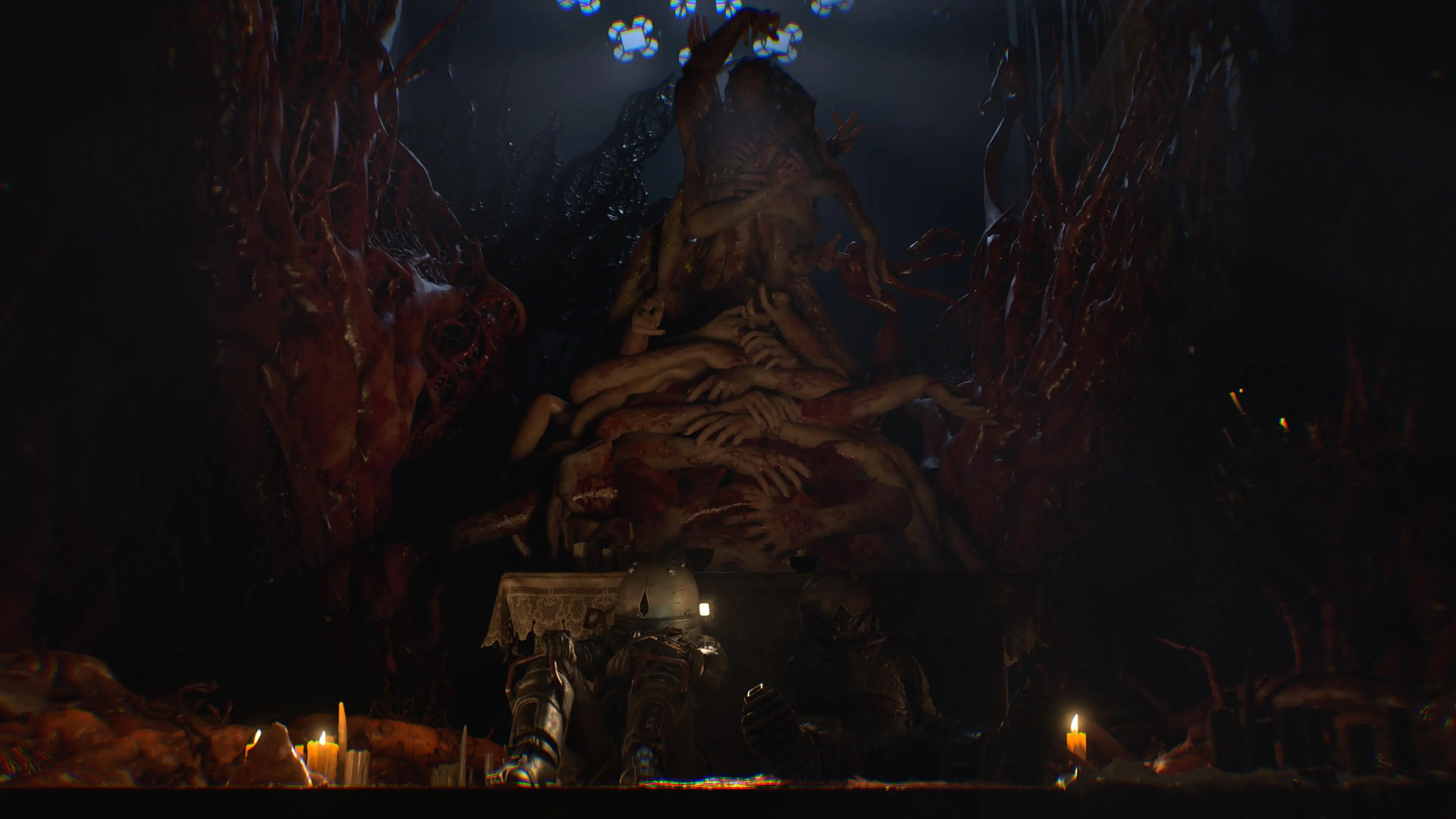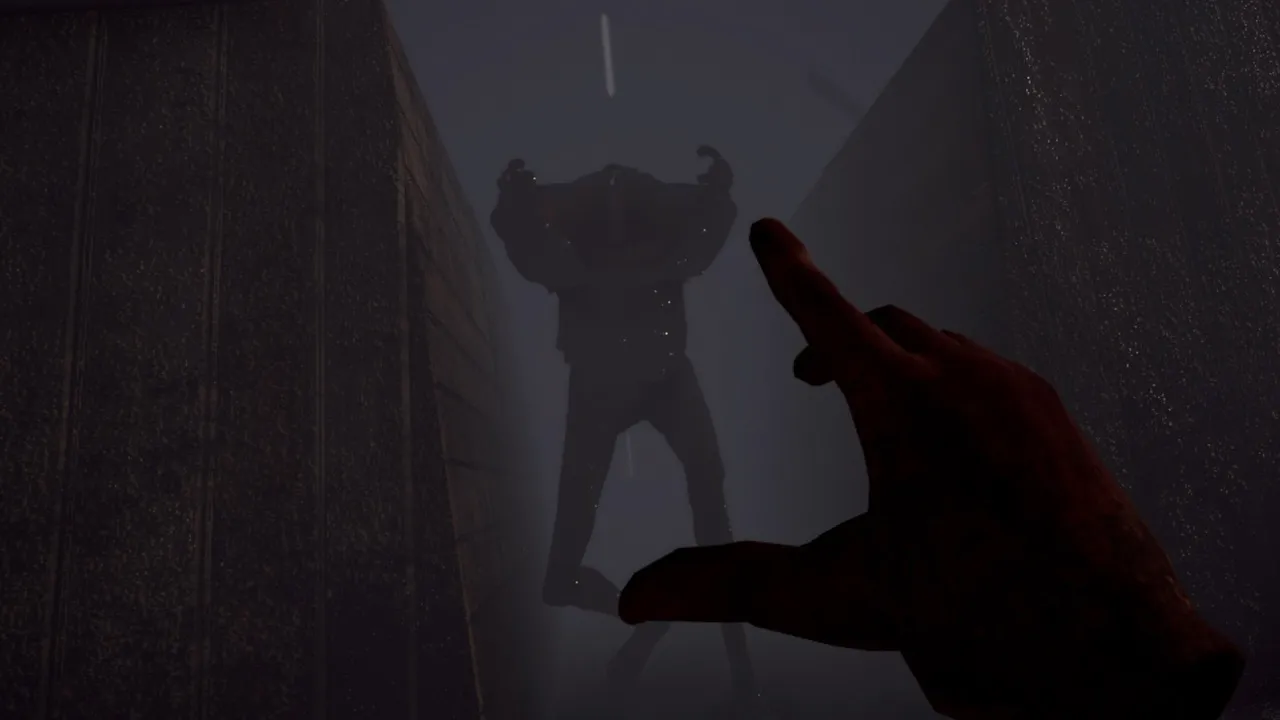Static Dread: The Lighthouse is a haunting, oddly cozy, and one of the most memorable indie horror experiences I've played this year
There's something oddly soothing about being alone in a place that shouldn't feel safe. That's exactly what Static Dread: The Lighthouse nails from the very first moment. You're the keeper of a lonely lighthouse, surrounded by thick fog, endless ocean, and an unsettling sense that something beneath the waves is watching you. It's quiet, almost peaceful, until the radio crackles with a voice asking for guidance, and suddenly your simple job of directing ships turns into a slow descent into cosmic madness.
I loved this game. I didn't expect to, honestly, because on the surface it's so simple. You sit in your little control room, listen to static-filled transmissions, check a few papers, draw a few routes, and send them back through the fax machine. It sounds boring when you describe it, but Static Dread manages to make this routine feel ritualistic and immersive. The longer you play, the more you sink into the rhythm of it — the quiet hum of the machines, the faint creaks of the tower, the soft, ever-present hiss of the ocean. And then, the unease starts to creep in.

The overall vibe feels a bit like Dredge, phenomenal game by the way, with the whole lovecraftian stuff that goes on. But while Dredge is about discovery and exploration, Static Dread is about confinement and duty. You're not out there among the monsters, well until the monsters start coming to you — you're stuck in your post, trying to make sense of the chaos from afar. That sense of isolation is what gives the game its power. You're one man, keeping the light alive, trying to keep sailors safe (or not) from whatever has taken hold of the sea.
At first, your tasks are straightforward. Ships call in, you note their ID, destination then you plot their route and send them on their way. Easy. But soon, things stop adding up. Codes don't match, voices on the radio don't sound quite human, and then there are the strange visitors who start knocking on your door. Some are desperate people looking for shelter, others are soldiers with grim news from the mainland, and a few are… something else entirely. They all bring fragments of the story, and the choices you make — who you help, who you trust, who you ignore — shape what happens as the final storm approaches.

The gameplay loop reminds me a lot of Papers, Please, which is probably intentional (plus Jorji makes an appearance here too). You spend most of your time checking details, comparing documents, and making calls that have a little bit ofmoral weight behind them. Should you approve a ship carrying refugees even though it's missing identification? Should you redirect a vessel rumored to contain a dangerous cultist? Every decision feels meaningful, even if the actual penalty system isn't as harsh as it could have been. That's one of the few areas where I wish Static Dread had gone deeper. Sending a ship to the wrong harbor or ignoring an anomaly doesn't really hurt you much beyond losing a bit of cash, and adding more pressure there could've made the nights even more nerve-wracking.
Still, the game doesn't really need heavy punishment to keep you engaged. The tension comes from the world itself. You're always doing small things to stay alive and sane — eating whatever food you have left, cleaning blood off the walls (yes, that's a thing), turning lights on to push back the encroaching darkness, and keeping the great beam of the lighthouse itself as a beacon of hope...? Every sound in the distance feels suspicious, every flicker of the light feels like a warning. The game feeds you dread slowly, one creak and whisper at a time, and by the time you realize you're in too deep, it's already too late.
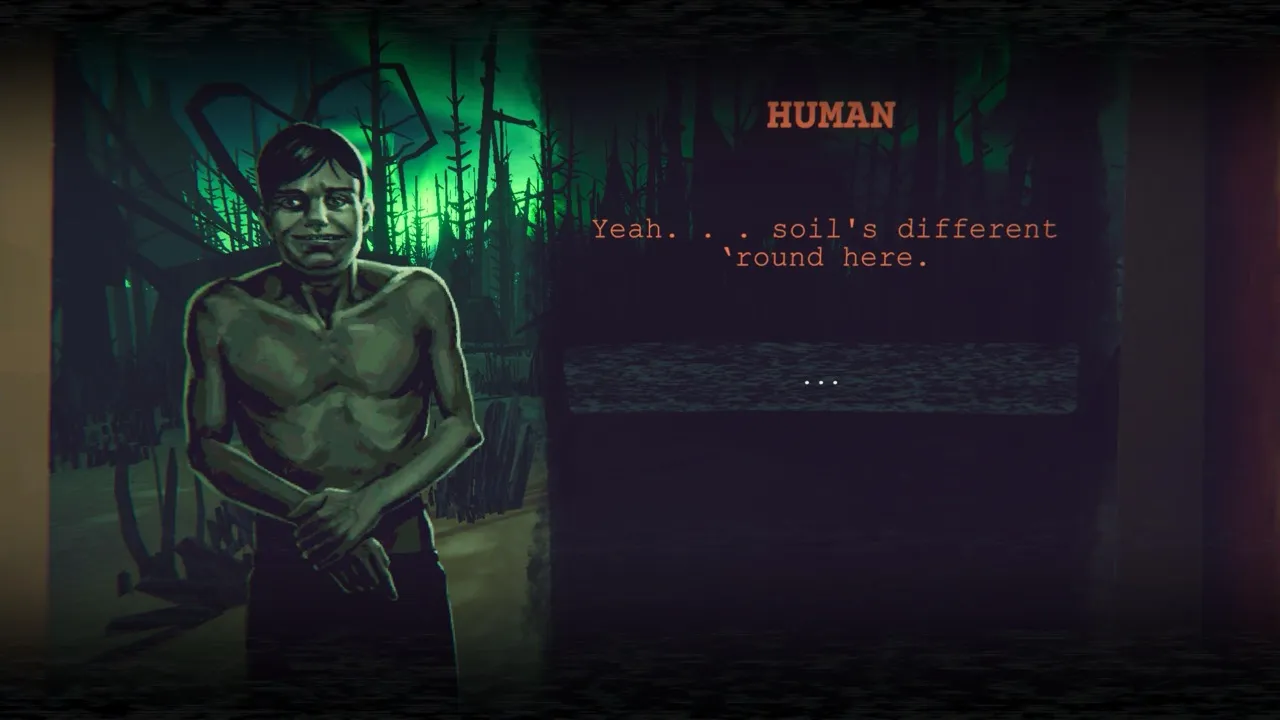
As the days tick by, things start to fall apart. The radio messages become more fragmented, monsters knock on your door, the lighthouse breaks down more often, tentacles appear from the floor, you know, the good stuff. The world outside the lighthouse feels like it's collapsing, and your little tower becomes a last bastion against the inevitable or maybe it's the root of the madness, who knows. The tension builds beautifully over the fifteen-day cycle, leading to an ending that depends on the choices you've made. I only got one of them on my first run, but knowing there are multiple paths makes me want to go back and see how differently things could play out. Maybe I'll side with the cult next time, or maybe I'll try to save everyone.
What surprised me most was how personal the experience felt despite the game's minimalism. The PS1-style visuals are intentionally crude — blocky models, flat textures, thick fog that hides the horizon — but the simplicity works in the game's favor. The hand-drawn character models look great too and it's very interesting to see the progression of some of them as they get, for a lack of a better word, possessed by other worldly horrors.
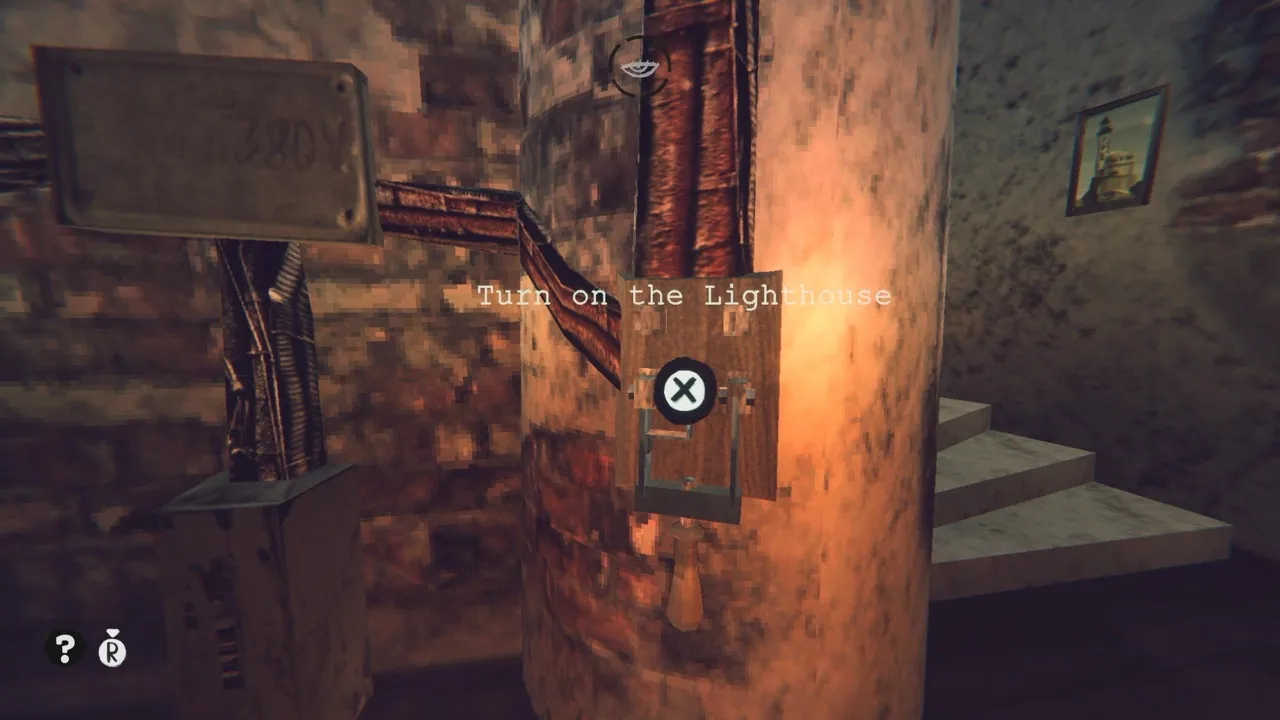
What makes Static Dread: The Lighthouse stand out is how it blends the mundane with the cosmic. It's a game about doing paperwork while the world ends outside your window, about making choices that seem small but echo far beyond the fog. There's a melancholy beauty to it, a sense that even as everything crumbles, you're still doing your duty (or not), still keeping the light on for whoever's left out there (again, or not).
Visually, it's rough but charming. The old-school aesthetic gives it a personality that modern horror games often lack. It's not trying to scare you with realism or gore, it's trying to unnerve you with mood and implication. And it succeeds. There's something special about how the game's visuals and sound design come together to create a world that feels both distant and familiar, like a forgotten dream you half-remember.
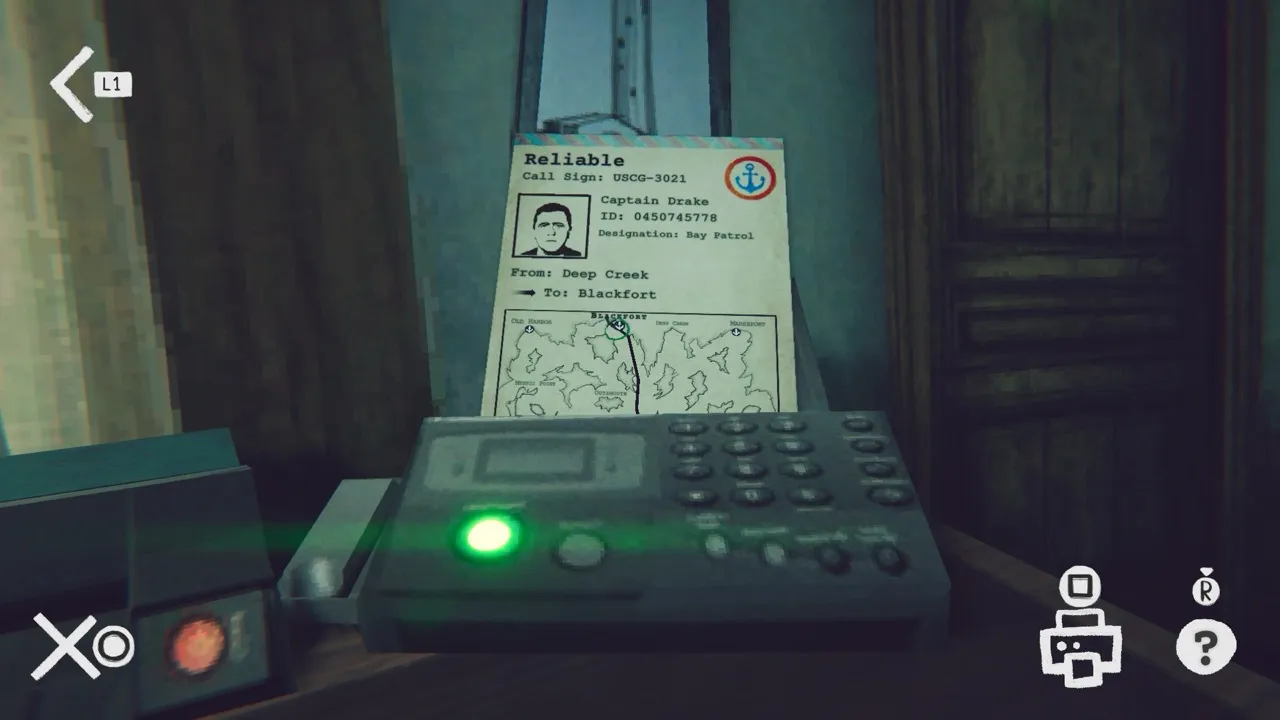
It's a small game, sure, and mechanically simple, but it's packed with personality and a strong sense of place. I'll probably go back to explore different endings, make different choices, and maybe even fully embrace the darkness next time. But no matter what path I take, I know I'll remember the feeling of standing alone in that tower, staring out into the endless black sea, keeping the light alive for just one more night.
If you enjoy games with the vibe of Dredge or gameplay like Papers, Please, or you just love eerie stories that get under your skin, you owe it to yourself to try Static Dread: The Lighthouse. It's haunting, oddly cozy, and one of the most memorable indie horror experiences I've played this year. Thanks for reading!
The game was reviewed on a PS5 via a promo copy provided by the publisher. Static Dread: The Lighthouse is available on PS5, PC and Xbox.
